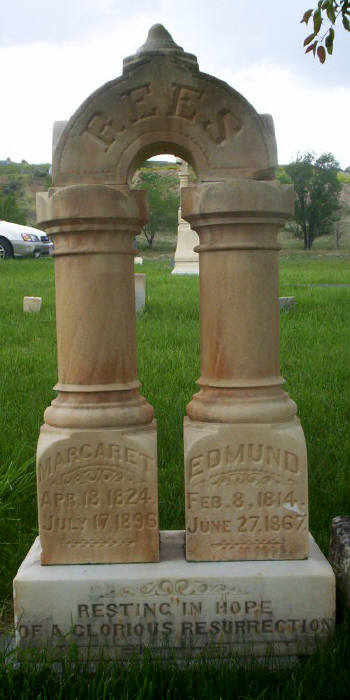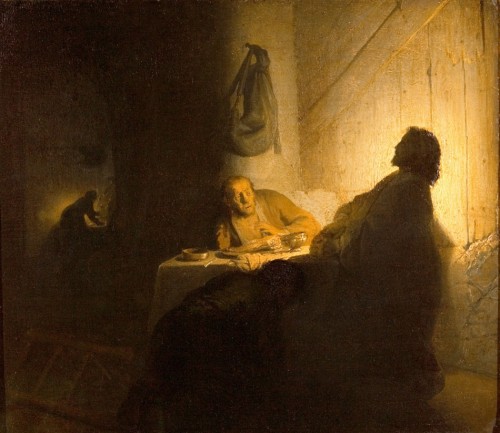
Over the past few years I’ve followed the weekly postings of John Reilly, a philosopher (and lawyer) from New Jersey. Mr. Reilly is a Man of the Right but his views are very individual. His interests are wide-ranging, from the End of the World and millennialism to politics to alternative history to English spelling reform to the curious relationship between Fascism and the occult driven by the evil Baron Evola. He posts “diligently but irregularly” to his old school web log but also wrote longer and thoughtful book reviews that were always worth reading.
Two of his occasional fiction pieces are especially noteworthy: “The Gray Havens“, a story (narrated by Bilbo Baggins) that explores a Middle Earth where Sauron recovered the One Ring after Frodo Baggins, Samwise Gamgee, and the creature Gollum fail to destroy it in the fires of Mount Doom and “The Stopping Problem” about how the disappointing reality of artificial intelligence leads to a human mind bomb.
Two of Mr. Reilly’s smaller fiction pieces give a flavor of his style and ecumenical tastes. Here’s an obituary for the war criminal Clive Staples Lewis that begins:
From the Obituaries of The New York Times, November 26, 1963
Argentine police officials today confirmed that the remains of Clive Staples Lewis were among those found in the ashes of a bungalow on the outskirts of Buenos Aires. The building burned to the ground on November 22, just as Mr. Lewis, a long-time international fugitive, was about to be apprehended by agents of the CIA and MI5. Allegations of his involvement with this week’s tragic events in Dallas are continuing to stir worldwide controversy [See Page A1]. Mr. Lewis is believed to have committed suicide by self-immolation. The exact number of his companions and the cause of their deaths are still under investigation.
With the death of Mr. Lewis, the hunt for the major war criminals of the Second World War can be said to be over.
Here’s the beginning of another obituary for former president and admiral Robert Anson Heinlein written in Altscript:
Frum the Obitiuerees ov the Nw York Tyms
May 9, 1988
Robert Anson Heinlein, former prezident ov the Uinyted Stayts and wunss the yungest Fleet Admirel in the history ov modern warfair, dyed yesterday, May 8, 1988, at his estayt “Bonny Doon” in Santa Cruz, California. He was 80 yeers oald. The caws ov detth was complicaytions asoasiated witth cronic emfizeema. “The Admirel,” as he continiued tw be noan eeven during his yeers in the Wyt Howss, is reported tw hav dyed peesfuly in his sleep during a morning nap.
Mr. Reilly has not posted to his blog since April 15, 2012 (a post on the Titanic centennial). Since Mr. Reilly has now exceeded the bounds of both irregularity and diligence, his forum denizens decided to find out what happened. Since Mr. Reilly did not respond to email, they took the indirect route of contacting Mr. Reilly’s choir group at his local Roman Catholic parish through Facebook. The choir respondant replied and relayed the news that Mr. Reilly is suffering from the sudden onset of a neurological disorder and has been hospitalized for almost one month and a half. This morning, it seems that Mr. Reilly has contracted pneumonia and is now teetering on the edge of leaving mortality.
I, like his congregation, online community, and other interested parties, pray to the Father for a miracle for Mr. Reilly. Irrespective of the ultimate outcome of Mr. Reilly’s twilight struggle, I believe it timely to direct interested readers to his online works since they form the primary legacy of this rare gem on the Internet.

